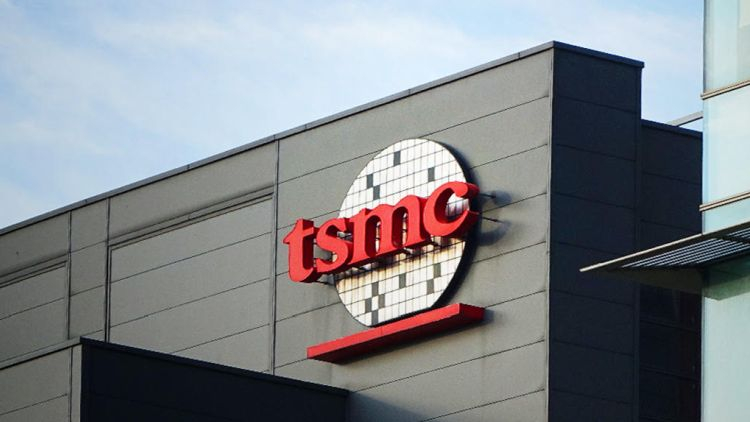A package of laws passed last year to subsidize the national semiconductor industry in the United States provides for the allocation of up to $ 52 billion in public funds to support chip manufacturers creating new industries in the country. Experts are convinced that if the development of chips is not supported along the way, then the United States will slide in terms of revenue to 36% of the global chip market by the end of the decade.

The dynamics, according to representatives of the industry association SIA and analysts from the Boston Consulting Group, is already causing serious concern. If in 2015 the USA formed up to 50% of the revenue in the global market of semiconductor components, then in 2020 the share was reduced to 46%. At the same time, the Chinese segment of the semiconductor market which takes into account the revenue of companies that do not have their own fabs doubled its indicators from $12 billion to $24 billion from 2017 to 2020.
Experts estimate that the private sector will need to invest between $400 billion and $500 billion in semiconductor development before the end of this decade to remain competitive in the US industry as a whole. The authorities, in turn, could provide subsidies in the amount of $20 to $30 billion, and from $15 to $20 billion of this amount would be tax breaks for companies focused on semiconductors. A separate problem will be the lack of qualified personnel for the development of chips: by the end of the decade, the need for them will grow to 23,000 people.
At the same time, if funds in the amount of $20 or $30 billion to subsidize the development of chips are allocated then the American economy will provide jobs for up to 150,000 people. Private companies are main investors in the US semiconductor sector while the government subsidies to this segment of the economy account for roughly 13% of the country's budget expenditures. In this regard, the United States lags behind China, Europe, Taiwan, Japan and South Korea, which on average allocate 30% of national subsidies for these needs.







